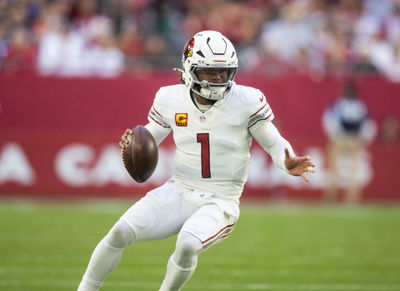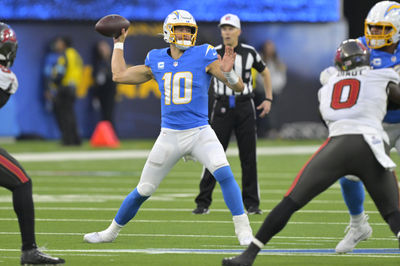2023 Fantasy Baseball Rule Changes: What Do The ESPN Changes Mean For You?
If you’re anything like me, you’ve been playing fantasy baseball on the same platform for your entire fantasy existence. If you’re even more like me, you’re wary of change (I more or less eat the same thing for breakfast every day that I have for the last 10 years). Why am I talking about fantasy baseball platforms and being wary of change? Because the fantasy baseball platform I’ve been on for 20 years made changes! *insert freakout here*
We’ve already talked about the way the actual MLB rule changes will affect fantasy baseball managers, but how the heck are the fantasy baseball rule changes on ESPN going to affect fantasy baseball managers? While I’m honestly not sure (this is why I’m wary of change!), I think we can make a few assumptions and go from there. Let’s dive in and see if we can figure out what the ESPN fantasy baseball changes mean for us.
Check out our Mock Draft Simulator and the Draft Genius for a real-time draft assistant.
Starting Fantasy Lineups
If you’ve ever played fantasy baseball, you’re probably used to having a big roster! Outside of the normal baseball positions, you might have been starting a second starting catcher, a corner infielder, a middle infielder, five outfielders, and nine pitchers. That also probably included anywhere from three to five bench players.
What’s changing?
In an effort to speed things up (sound familiar), ESPN is cutting down roster size from 22 players to 16 players. You’ll no longer have to worry about starting a corner infield or middle infield spot, five outfielders, or nine pitchers. The changes ESPN has made only require you to start a catcher, a first baseman, a second baseman, a shortstop, a third baseman, three outfielders, a utility player, and seven pitchers. And that does along with three bench players.
Sync your ESPN Fantasy Baseball league today!
What does that mean for you?
Outside of the obvious (a shorter draft), this change puts a premium on elite players and much less of one on those marginal players who we’ve become accustomed to rostering because they didn’t hurt us (though they didn’t quite help us either).
It also means waiver wires will be more plentiful with good replacement players because the pool of them will be larger than in past years since they won’t be on someone’s fantasy roster. Because of that, we all need to get a little more comfortable drafting riskier players with a high upside on ESPN. With the increased pool of good replacements on waivers, it will be easier to replace one of those riskier players if he gets hurt or underperforms (think: Fernando Tatis Jr.).
The decrease in roster size also means it will (theoretically) be easier to stream pitchers. The logic there being that (similar to hitters), there should be more good replacement pitchers available on waivers. Putting that into practice, that means you should probably be targeting two stud pitchers and two solid closers on draft day. You can likely grab a bunch of high-K middle relievers with the rest of your spot and then start surfing the waiver wire until you luck into a stud starter or stud reliever during the season (trust me, it happens more than you’d expect).
Lastly, I think my big takeaway here is that you should use all three of your bench spots on pitchers. If hitters are as easy to find on waivers as we expect, there’s no need to have one languishing on your fantasy bench.
Learn more about our premium fantasy baseball tools and products!
Pitcher scoring
I played in a points league a few times and hated it (Rotisserie for life!), so this section is not directed at me. But I know a lot of people like points leagues and I am nothing if not a man of the people.
What’s changing?
Wins used to be worth five points on ESPN. They’ll now be worth just two points. Losses used to subtract five points on ESPN. They’ll now subtract just two points. Holds have been introduced to the equation and will be worth two points.
What does that mean for you?
It means good things (I think) because the variance/unpredictability of wins and losses will be of lesser importance. And it also means middle relievers (like in actual current-day baseball) will be more important.
I don’t think this really changes THAT much about how we should approach our drafts other than starting to learn more about middle relievers (I’m seeing a middle relievers article in my future), but I think we can still go into drafts aiming for upside here. Taking wins and losses (somewhat) off the table means we should be looking more at ERA, WHIP, and strikeouts. Those were important stats to look at previously, and they’re even more important now.
All this said, if you really really don’t like change, ESPN lets you change the settings on your league so that you can go back to the old way of doing things. And if you’re in an existing league, your league will maintain the same roster sizes and scoring – so worry not!
Fantasy SP has worked diligently to bring you next-level sports betting analytics, prop betting tools, public betting splits, and so much more! Become an Edge+ member today!






